Exhibition at the Metropolitan Museum of Art traces the first 60 years of the etched print
Daniel Hopfer (German, 1471–1536). Death and the Devil Surprising two Women, ca. 1500–1510. Etching; first state of two. Plate: 6 3/16 x 8 7/8 in. (15.7 x 22.6 cm). Sheet: 6 5/16 x 8 15/16 in. (16 x 22.7 cm). The Metropolitan Museum of Art, New York, The Elisha Whittelsey Collection, The Elisha Whittelsey Fund, 1951 (51.501.383).
NEW YORK, NY.- The emergence of etching on paper in Europe in the late 15th and early 16th centuries—when the technique moved out of the workshops of armor decorators and into those of printmakers and painters—was a pivotal moment that completely changed the course of printmaking. The Renaissance of Etching traces the first 60 years of the etched print through some 125 etchings created by both renowned and lesser-known artists, displayed alongside a selection of drawings, printing plates, etching tools, illustrated books, and armor. The works are drawn from the collections of The Met, The Albertina Museum, and a number of European and American lenders.
"When etching on paper was first introduced, the ease and access of the technique enabled artists to expand the reach of their work, and exchange ideas and images in a new way," said Max Hollein, Director of The Met. "This exhibition will offer a fascinating examination of this trailblazing moment, and an opportunity to appreciate a time in which the sharing of images—something we are so clearly immersed in today—underwent a revolutionary technical advancement."
"By focusing on the 60-year period right at the onset of this groundbreaking technology, we are able to observe artists at a time of great experimentation and creativity," added Nadine Orenstein, Drue Heinz Curator in Charge of Drawings and Prints at The Met. "The exhibition will show the dissemination of information between artists and their individual desire to embrace etching in creative ways—from Dürer's dense networks of lines in Germany to Parmigianino's use of colored inks in Italy, each artist tried to make the medium distinctive and unique."
Albrecht Dürer (German, Nuremberg 1471–1528 Nuremberg), The Saturnalia (The Desperate Man), ca. 1515. Etching. Plate: 7 7/8 × 5 13/16 in. (20 × 14.7 cm). The Albertina Museum, Vienna (DG1930/1520).
Etching is an intaglio printmaking technique in which lines or areas on a metal plate are incised with acid in order to hold ink; the image on the plate is then printed onto paper. Artists today etch prints much the way they did in the early 16th century. In essence, the technique is equivalent to drawing on the surface of a printing plate. As a result, etching has an ease that opened the door for all kinds of artists to make prints. Among the pioneers of the medium are some of the greatest painters of the Renaissance, including Albrecht Dürer, Francesco Parmigianino, and Pieter Bruegel the Elder.
The Met’s exhibition begins at the end of the 15th century with the origins of etching in the workshop of the German printmaker and armor decorator Daniel Hopfer and then move on to explore the ways in which a range of artists from Germany, Flanders, Italy, and France began to experiment with the new medium. In the transition from armor to print, a technique used to create unique and costly armor for elite patrons transformed into one used to produce relatively inexpensive prints for a broad audience. Furthermore, what was once the artwork (the etched metal armor) was now the tool used to create the artwork (the metal plate printed on paper). The exhibition concludes with the period around 1560, when the technique became professionalized and the Netherlandish print publisher Hieronymus Cock employed etchers to create prints after designs produced by other artists. This period marked a transition from the use of etching as a means of experimentation to its standardization and expansion by printmakers and print publishers.
Following its presentation at The Met, the exhibition will be on view at The Albertina Museum in Vienna (February 12–May 10, 2020).
Sebald Beham (German, Nuremberg 1500–1550 Frankfurt), Standard Bearer with a Snake, 1520. Etching. Sheet: 4 7/8 in. × 3 in. (12.4 × 7.6 cm). Rijksmuseum, Amsterdam (RP-P-OB-10.918).
Lucas van Leyden (Netherlandish, Leiden ca. 1494–1533 Leiden), A Fool and a Woman, 1520. Etching and engraving. Sheet: 4 1/16 x 2 7/8 in. (10.3 x 7.3 cm). The Metropolitan Museum of Art, New York, Rogers Fund, 1922 (22.67.52).
Albrecht Altdorfer (German, Regensburg ca. 1480–1538 Regensburg), The Small Spruceca, 1520-22. Etching with watercolor. Sheet: 6 1/4 × 4 5/8 in. (15.9 × 11.7 cm). The Albertina Museum, Vienna (DG1926/1778)
Parmigianino (Girolamo Francesco Maria Mazzola) (Italian, Parma 1503–1540 Casalmaggiore), The Lovers, 1527-1530. Etching; second state of two. Other: 5 13/16 × 4 1/8 in. (14.8 × 10.5 cm). The Metropolitan Museum of Art, New York, Harris Brisbane Dick Fund, 1926 (26.70.3(102)).
Jan Cornelisz Vermeyen (Netherlandish, Beverwijk ca. 1504–1559 Brussels), Mulay Ahmadca, 1536. Etching. Plate: 18 1/4 × 14 13/16 in. (46.4 × 37.7 cm). The Albertina Museum, Vienna (DG1949/467).
Master IQV (French, active 1540–50) After Michelangelo Buonarroti (Italian, Caprese 1475–1564 Rome), Man Against a Tree, ca. 1543–44. Etching; first state of two; sheet: 12 1/16 x 8 3/4 in. (30.6 x 22.3 cm). The Metropolitan Museum of Art, New York, Harris Brisbane Dick Fund, 1953 (53.601.65).
Jean Mignon (French, active 1535–ca. 1555) After Luca Penni (Italian, Florence 1500/1504–1557 Paris), The Death of Adonis, 1544. Etching, 11 1/4 x 9 1/2 in. (28.5 x 24.2 cm). The Metropolitan Museum of Art, New York, Harris Brisbane Dick Fund, 1932 (32.92.8).
Léonard Limosin (ca. 1505–1575/1577), Agony in the Garden, 1544. Etching. Plate: 10 1/16 × 7 1/2 in. (25.6 × 19 cm). Bibliothèque Nationale de France, Paris (AA-1-Pet-Fol.)
Léon Davent (French, active 1540–56) After Luca Penni (Italian, Florence 1500/1504–1557 Paris), Venus in Vulcan's Forge, 1546–47. Etching. Plate: 12 7/8 × 17 11/16 in. (32.7 × 45 cm). Sheet: 13 1/8 × 18 1/16 in. (33.4 × 45.8 cm). The Metropolitan Museum of Art, New York, Harris Brisbane Dick Fund, 1932 (32.92.3).
Cornelis Anthonisz (Netherlandish, ca. 1505–1553), The Fall of the Tower of Babel, 1547. Etching. Plate: 12 11/16 × 15 1/16 in. (32.2 × 38.2 cm). Rijksmuseum, Amsterdam (RP-P-1878-A-1641).
Frans Floris I (Netherlandish, Antwerp 1519/20–1570 Antwerp), Victory Surrounded by Prisoners and Trophies, 1552. Etching, 12 3/8 x 17 1/4 in. (31.4 x 43.8 cm). The Metropolitan Museum of Art, New York, Rogers Fund, 1966 (66.634.10).
Battista Franco (Italian, Venice ca. 1510–1561 Venice), St. Jerome, ca. 1550-60. Etching, engraving, and drypoint, second state of three; sheet: 17 1/2 x 11 1/2 in. (44.5 x 29.2 cm) trimmed to platemark. The Metropolitan Museum of Art, New York, Harris Brisbane Dick Fund, 1953 (53.601.38).
Sebastiano de' Valentinis (Italian, active 1549–58), Prometheus, 1558. Etching with touches of drypoint. Sheet: 10 3/4 × 7 3/8 in. (27.3 × 18.7 cm). The Metropolitan Museum of Art, New York, Rogers Fund, by exchange, 1970 (1970.605).
Attributed to Titian (Tiziano Vecellio) (Italian, Pieve di Cadore ca. 1485/90?–1576 Venice), Saint Theodore and the Dragon, ca. 1560. Pen and brown ink over traces of black chalk. Plate: 7 13/16 × 11 5/8 in. (19.8 × 29.6 cm). Morgan Library & Museum, New York, Gift of János Scholz (1977.46).
Pieter Bruegel the Elder (Netherlandish, Breda (?) ca. 1525–1569 Brussels), The Rabbit Hunt, 1560. Etching and engraving. Sheet: 8 3/8 × 11 1/2 in. (21.3 × 29.2 cm). The Albertina Museum, Vienna (DG 1955/37).

/https%3A%2F%2Fprofilepics.canalblog.com%2Fprofilepics%2F1%2F0%2F100183.jpg)
/https%3A%2F%2Fstorage.canalblog.com%2F03%2F02%2F119589%2F96711876_o.jpg)
/https%3A%2F%2Fstorage.canalblog.com%2F11%2F31%2F119589%2F94773502_o.jpg)
/https%3A%2F%2Fstorage.canalblog.com%2F20%2F83%2F119589%2F94772815_o.jpg)
/https%3A%2F%2Fstorage.canalblog.com%2F26%2F72%2F119589%2F75604929_o.jpg)
/https%3A%2F%2Fstorage.canalblog.com%2F59%2F60%2F119589%2F26458628_o.jpg)

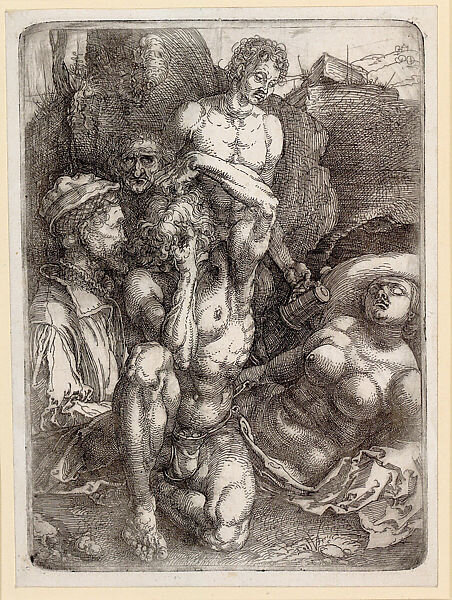


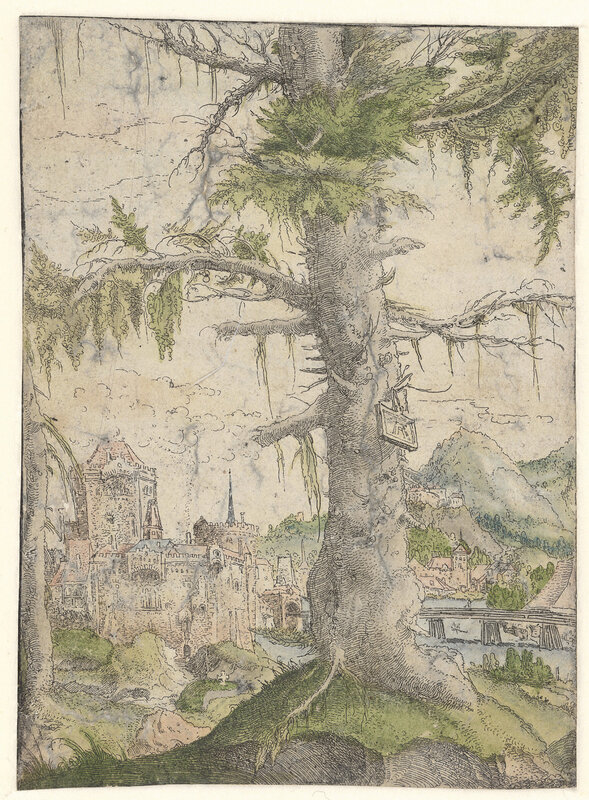
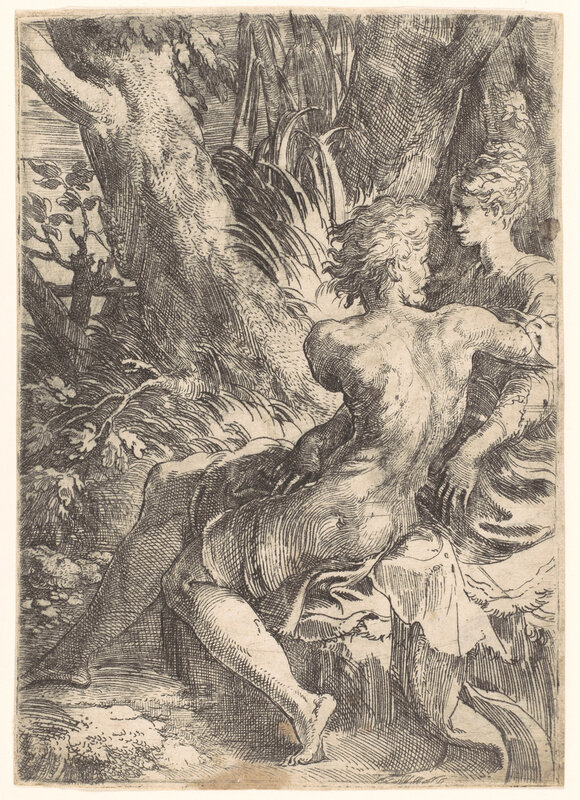
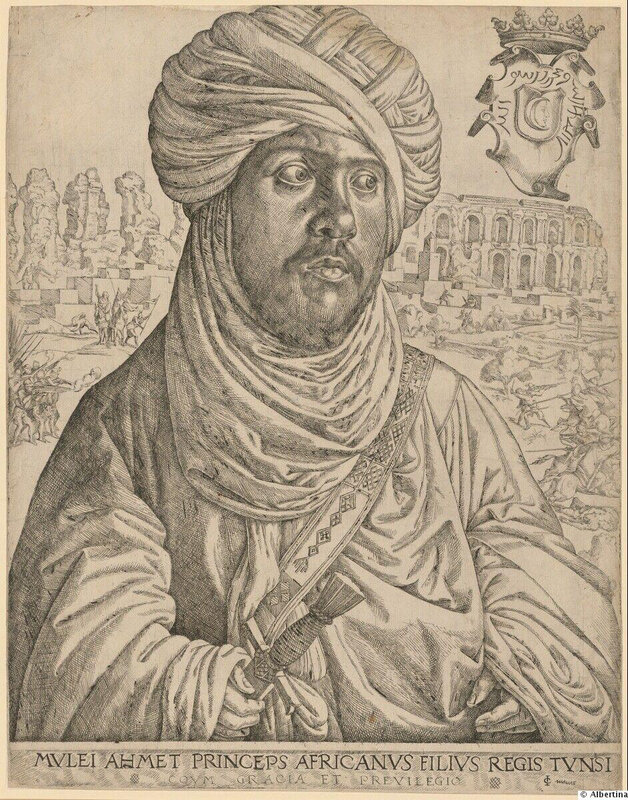
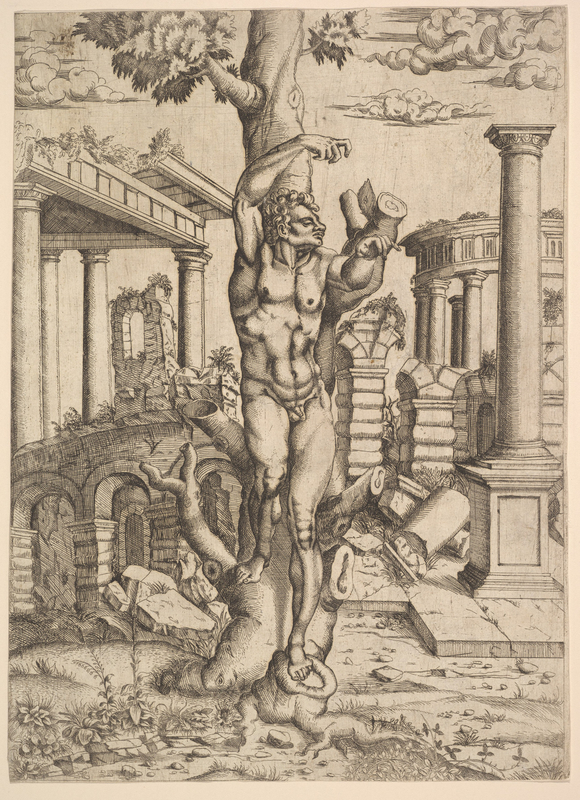
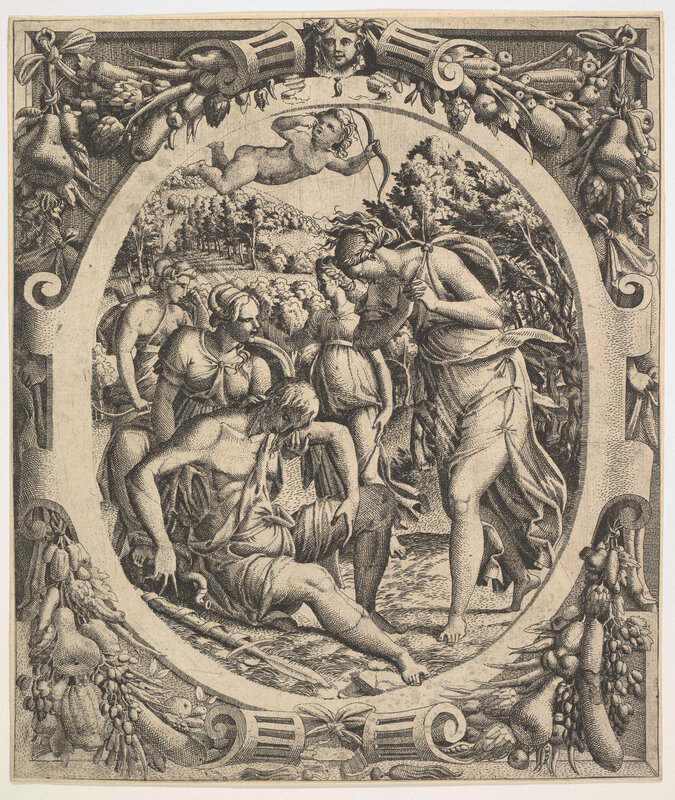

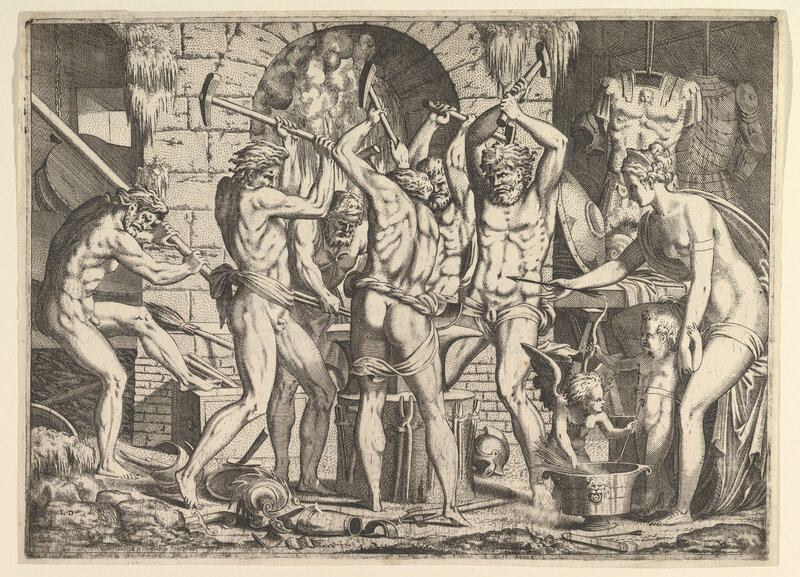
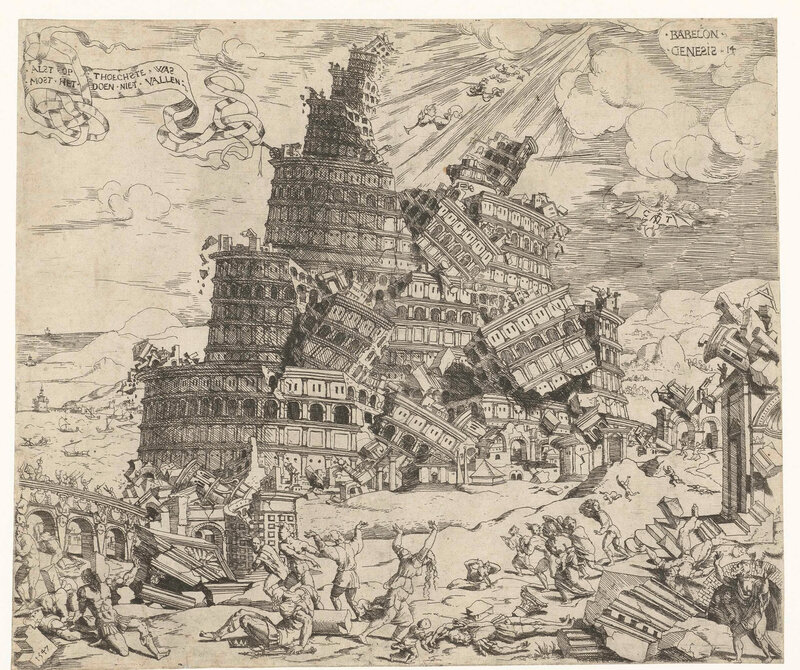


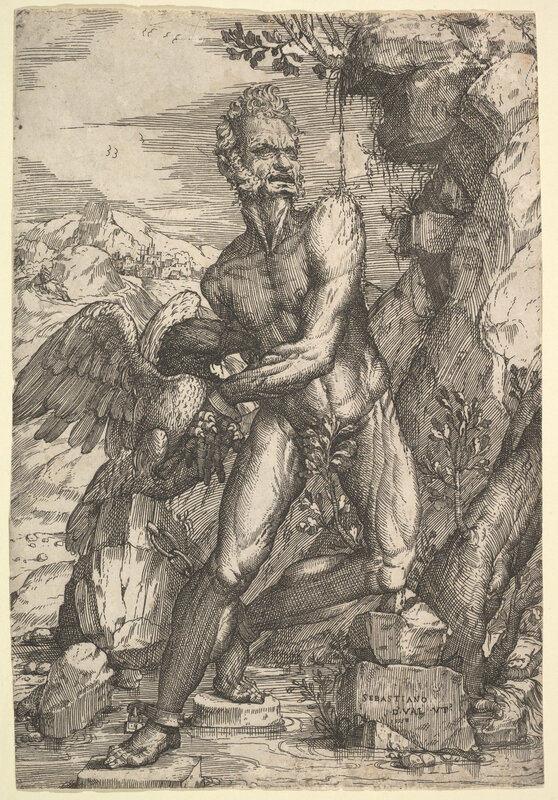
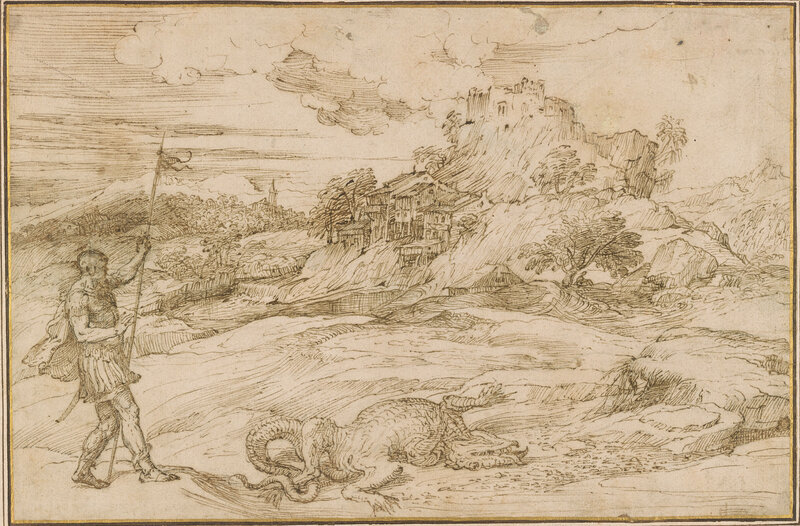
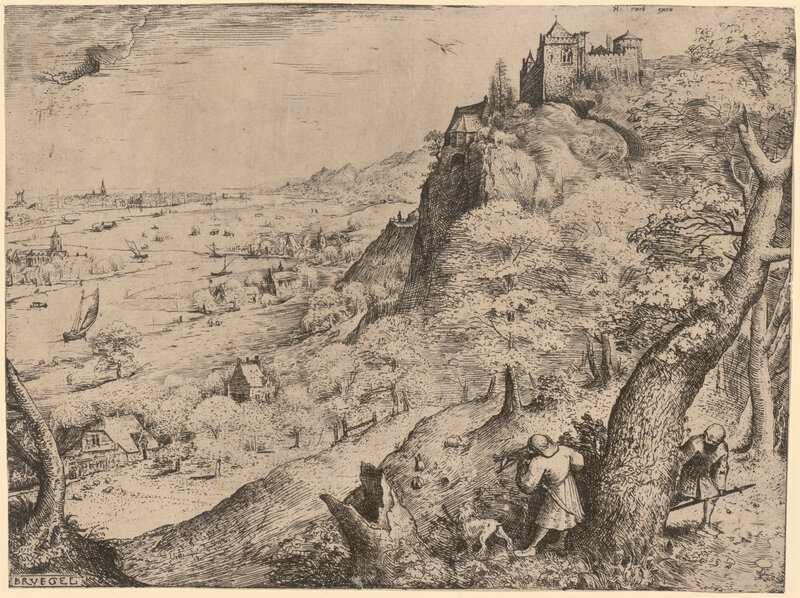


/http%3A%2F%2Fstorage.canalblog.com%2F11%2F20%2F119589%2F127268174_o.jpg)
/http%3A%2F%2Fstorage.canalblog.com%2F98%2F53%2F119589%2F122128977_o.jpg)
/http%3A%2F%2Fstorage.canalblog.com%2F34%2F98%2F119589%2F117635941_o.jpg)
/http%3A%2F%2Fstorage.canalblog.com%2F67%2F43%2F119589%2F112185117_o.jpg)